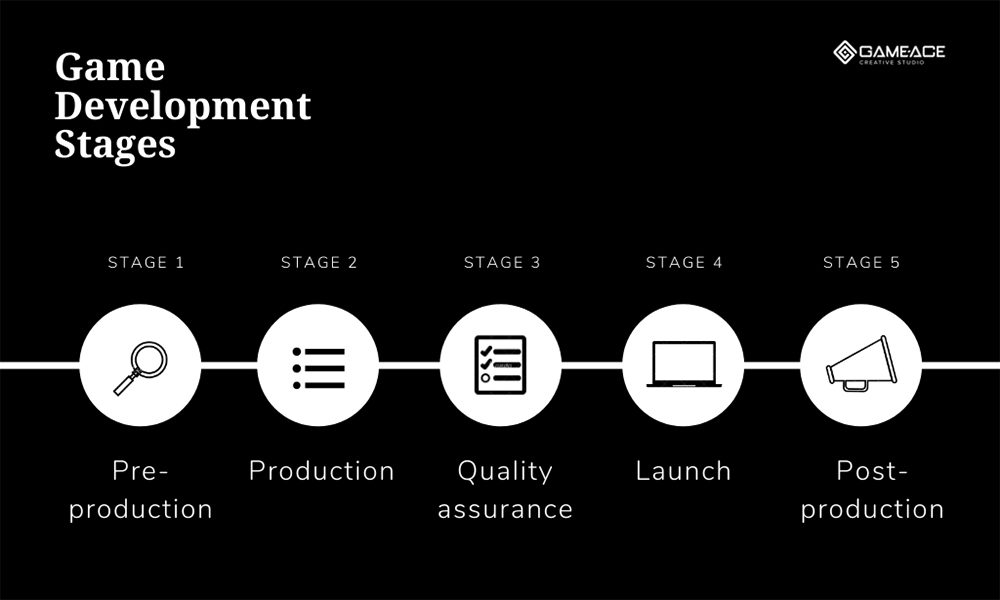The animation pipeline in video game development involves concept art and pre-production, character rigging, animating characters, adding effects and tweaking, testing and quality assurance, and the final product. Concept artists create images to help conceptualize the game’s world and characters, while the pre-production phase involves storyboards and developing gameplay mechanics. Rigging involves creating a skeleton for characters to animate them, while animators use keyframes to set their movements and actions. After finalizing the animations, the team adds effects to enhance realism, and the game undergoes rigorous testing and quality assurance before the final product is released.
Behind the Scenes: A Look at the Animation Pipeline in Video Game Development
Video games have come a long way since the days of Pong and Pac-Man. Today, games feature complex storylines, stunning graphics, and realistic animations. In this article, we’ll take a closer look at the animation pipeline in video game development and explore the intricate process of bringing game characters to life.
Concept Art and Pre-Production
Before the animation process can begin, the game’s artists and designers must come up with a concept for the characters, environments, and overall look of the game. This is where concept artists come in. They create sketches and illustrations that help visualize the game’s world and characters.
Once the concept art is finalized, the pre-production phase begins. This is where the team creates storyboards, develops the game’s mechanics and gameplay, and determines which animations will be needed. It’s also during this phase that the team begins creating the 3D models for the game’s characters.
The Character Rigging Process
Once the 3D models for the game’s characters have been created, they need to be rigged. Rigging is the process of creating a skeleton for the character, which makes it possible to animate them. The rig consists of a series of bones that are positioned in the same way as the character’s actual bones.
The rig also includes control points, which allow the animator to move and manipulate the character. These control points can include everything from hand and foot controls to facial expressions and muscles.
Animating the Characters
With the rig in place, it’s time to start animating the characters. Animators use keyframes to set the character’s movements and actions. These keyframes represent specific points in time, and the animation software automatically fills in the in-between frames to create a smooth motion.
The animators work closely with the game’s designers to ensure that the character’s movements match the game’s mechanics and overall feel. They also work with the game’s programmers to make sure that the animations work within the game’s engine.
Adding Effects and Tweaking the Animations
Once the animations are in place, it’s time to add effects and fine-tune the character’s movements. This includes everything from adding particle effects for explosions and fire to tweaking the character’s facial expressions.
The team works to ensure that the animations are as realistic and natural as possible. They’ll address any issues with the character’s movements or mechanics, and make adjustments as needed.
Testing and Quality Assurance
Before the game is released, it goes through a rigorous testing and quality assurance process. This includes testing the animations to ensure that they work properly and don’t cause any glitches or issues within the game. The team may also make adjustments and tweaks based on feedback from the testing process.
The Final Product
Finally, after months of hard work, the game is complete. The animations, along with the game’s graphics, story, and mechanics, all come together to create a memorable gaming experience for players.
Conclusion
The animation pipeline in video game development is a complex and intricate process that involves the collaboration of many different teams and individuals. From concept artists and animators to designers and programmers, each person plays a crucial role in bringing game characters to life. It’s through this process that we’re able to experience the incredible worlds and stories that video games offer.
